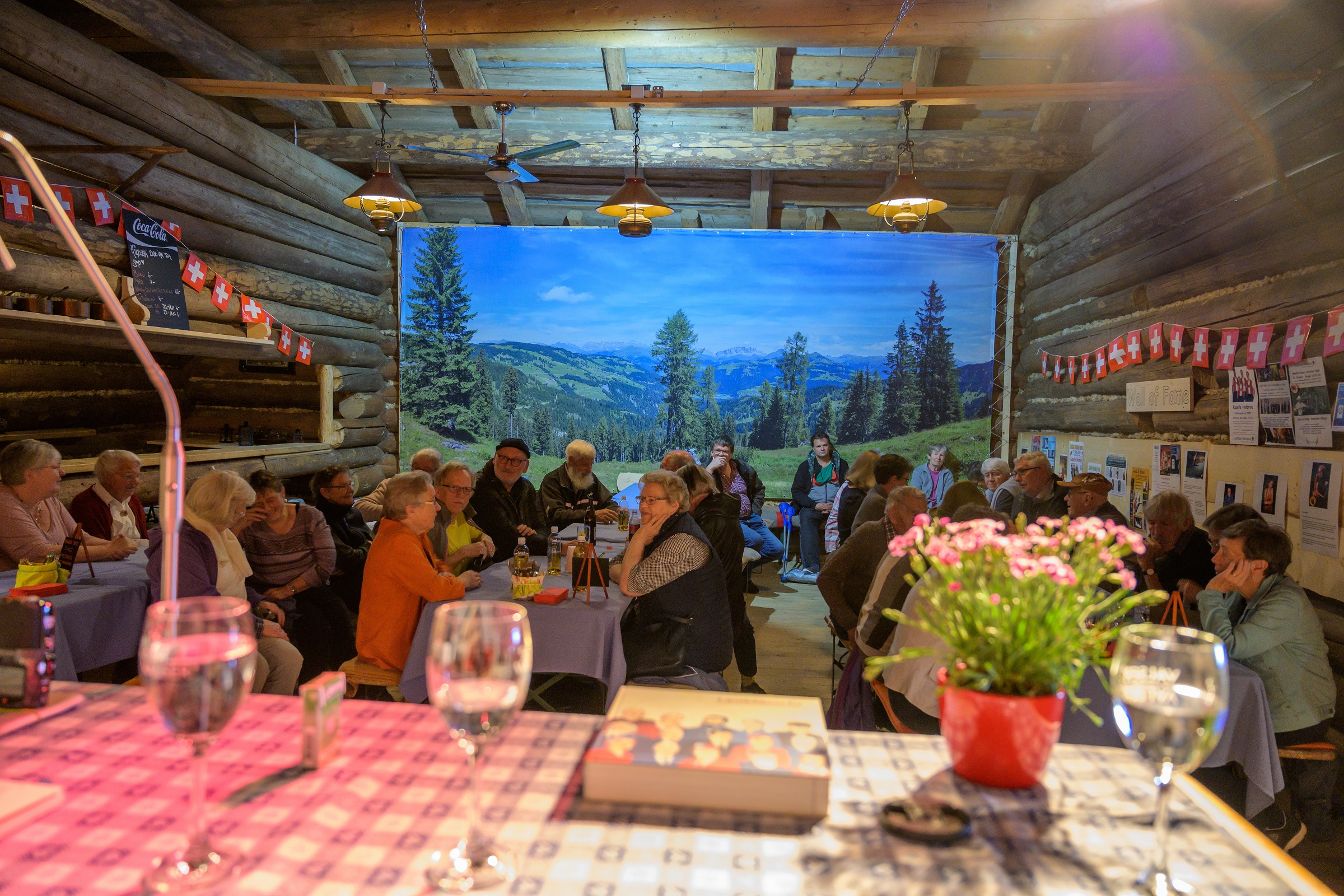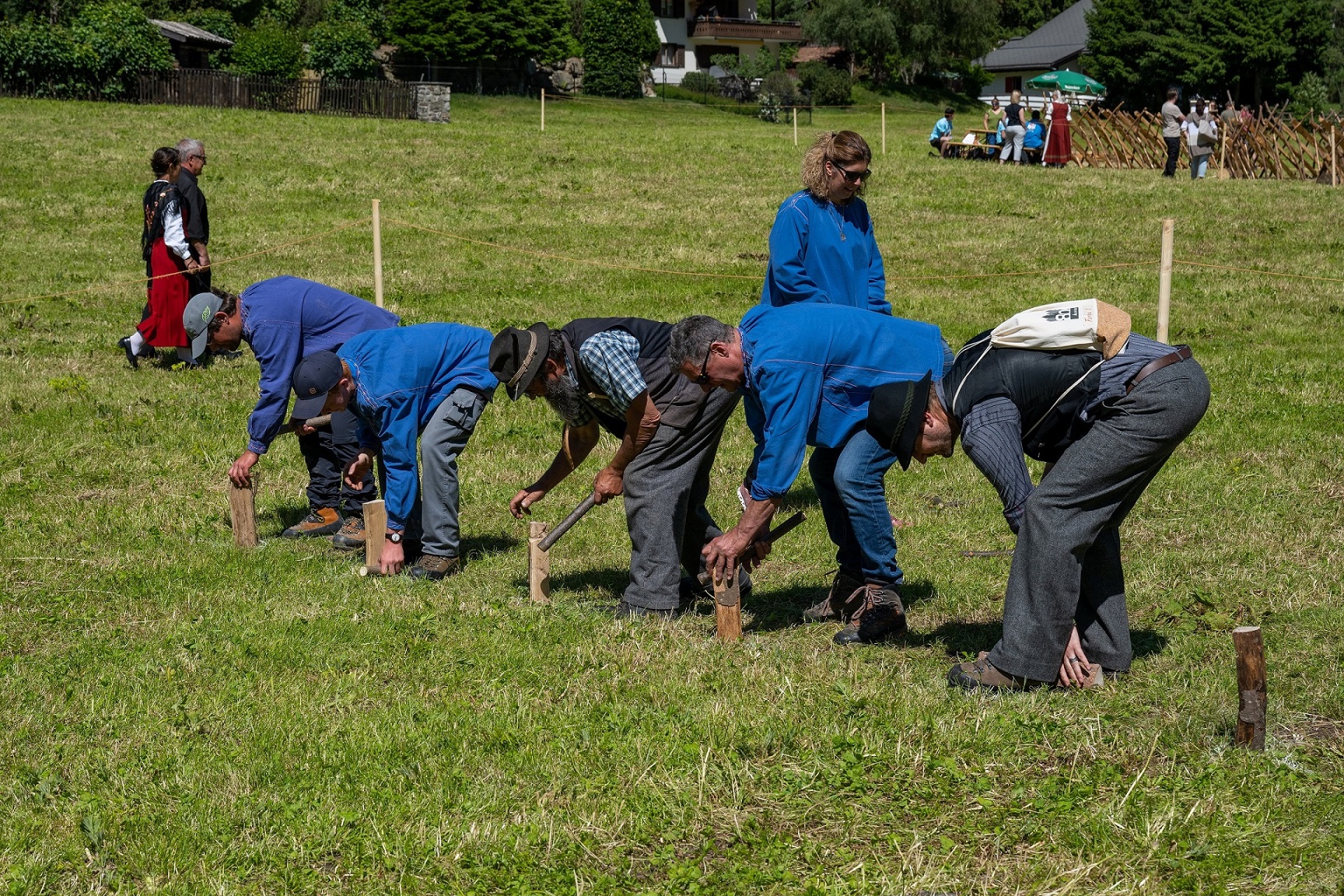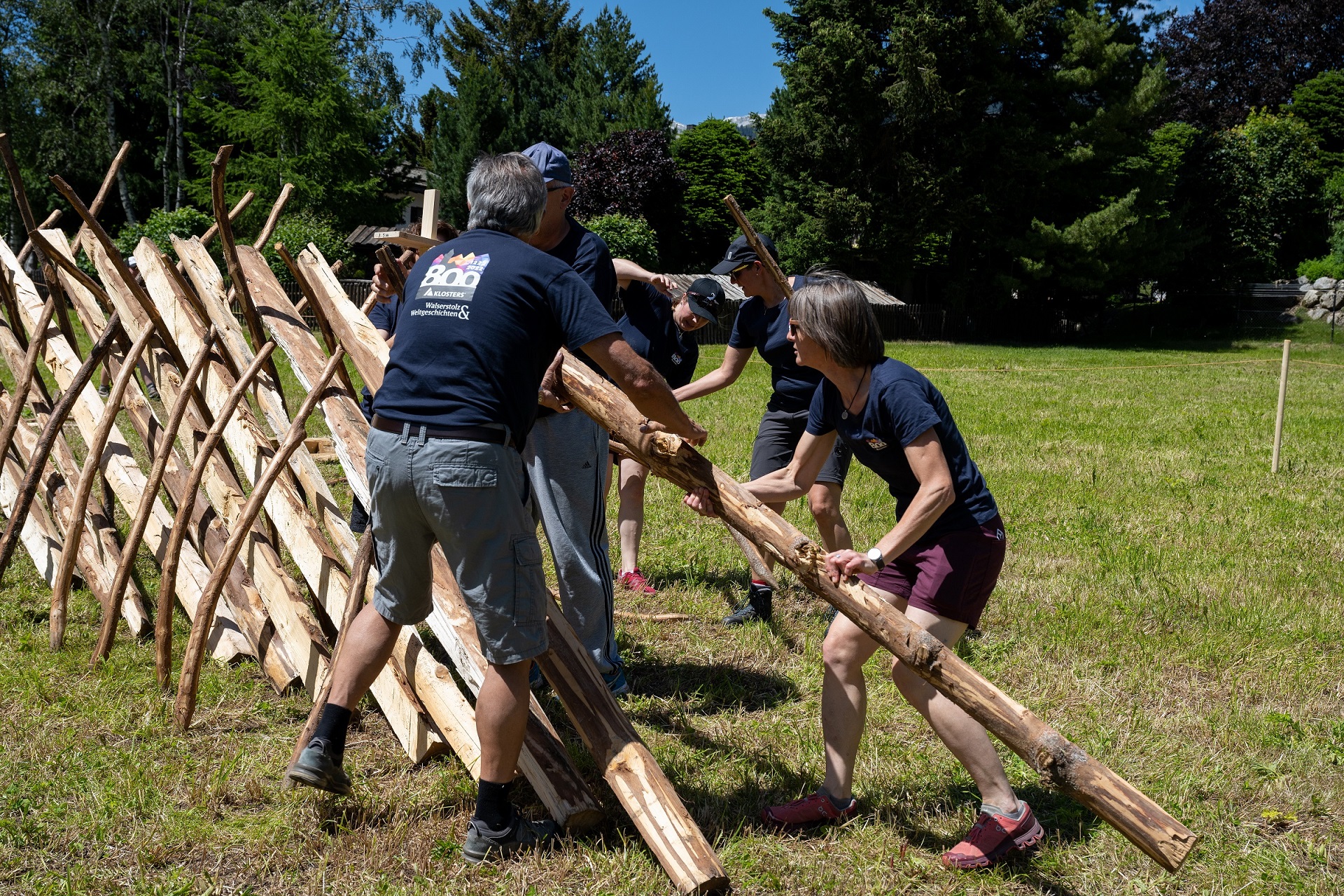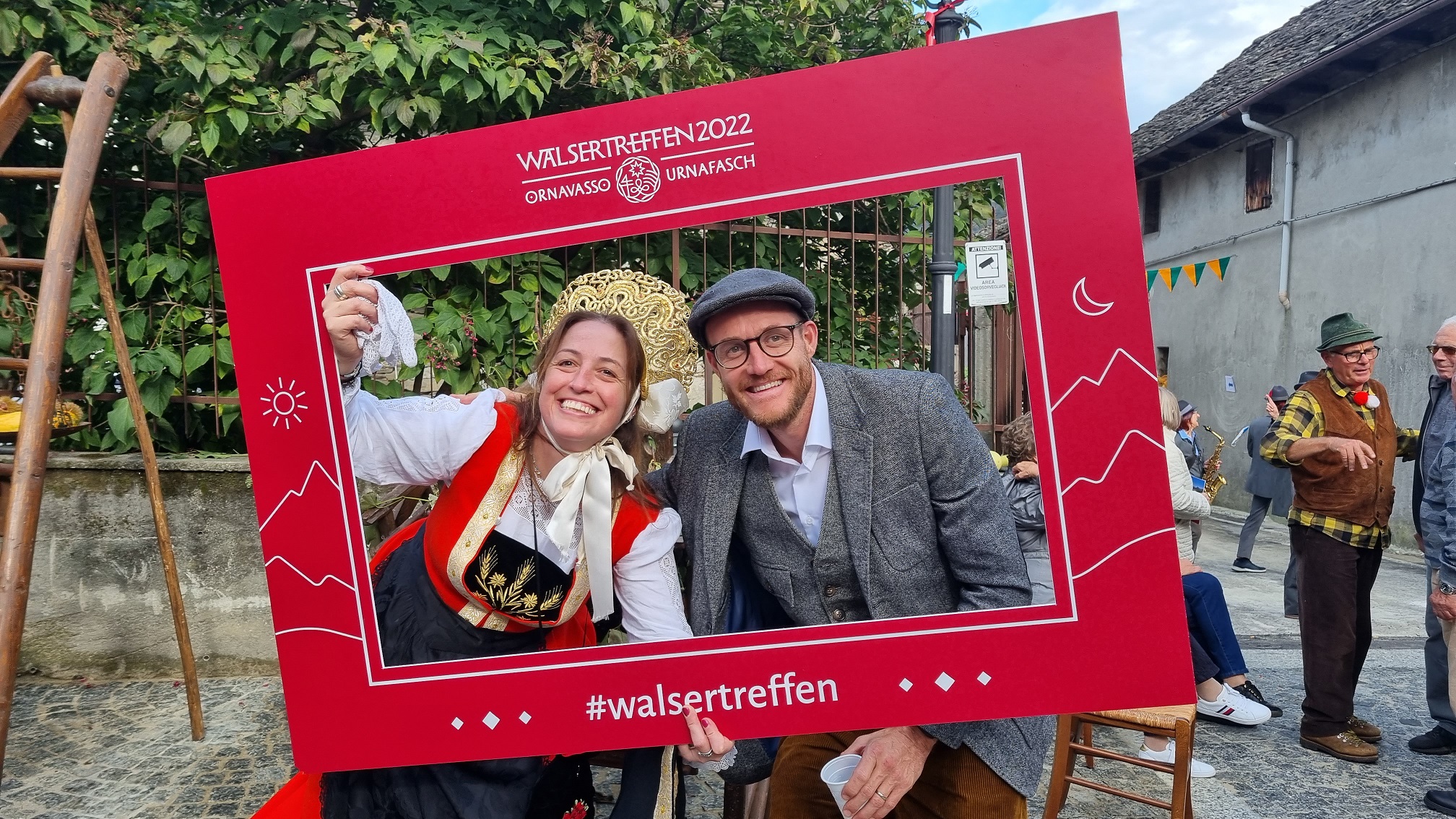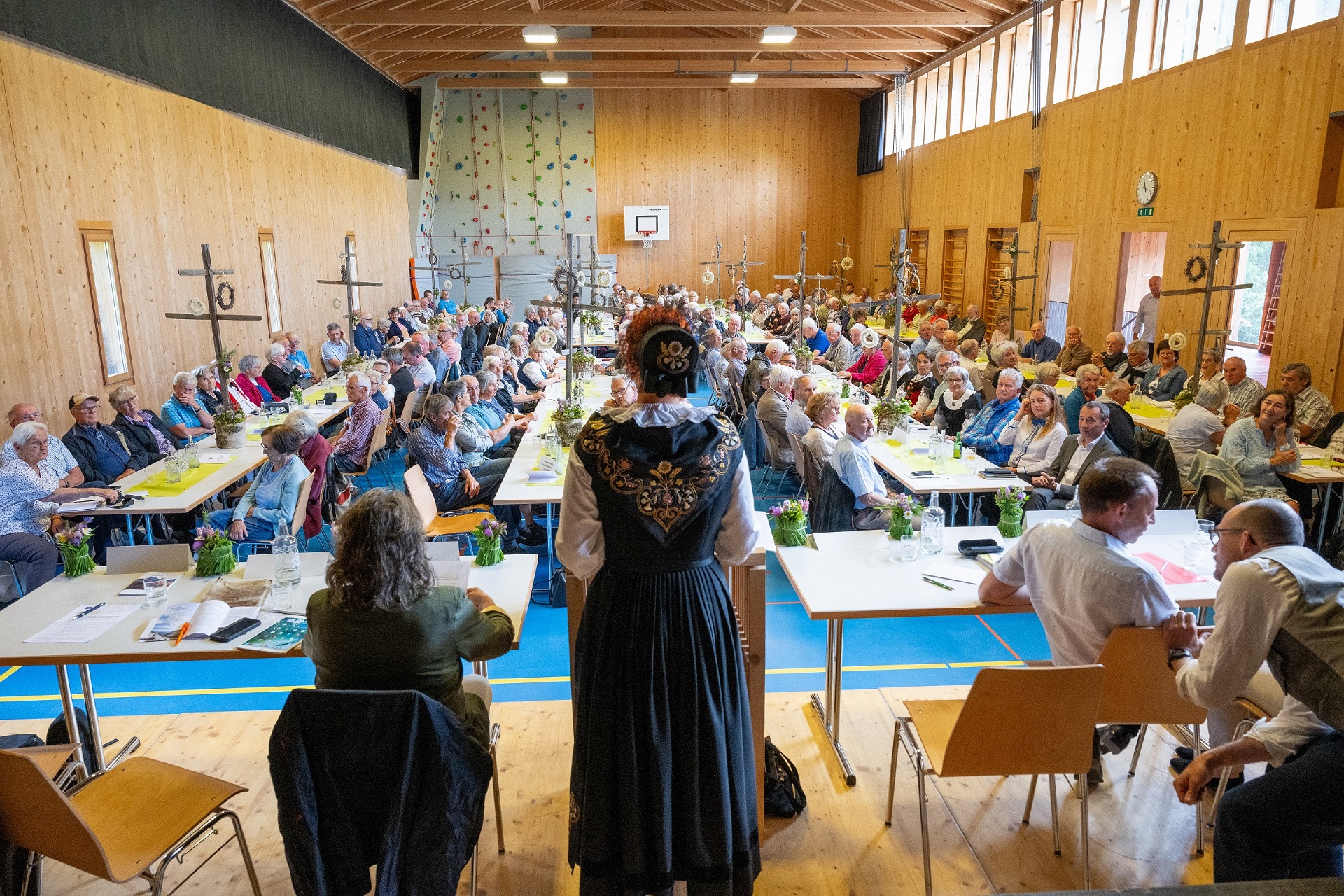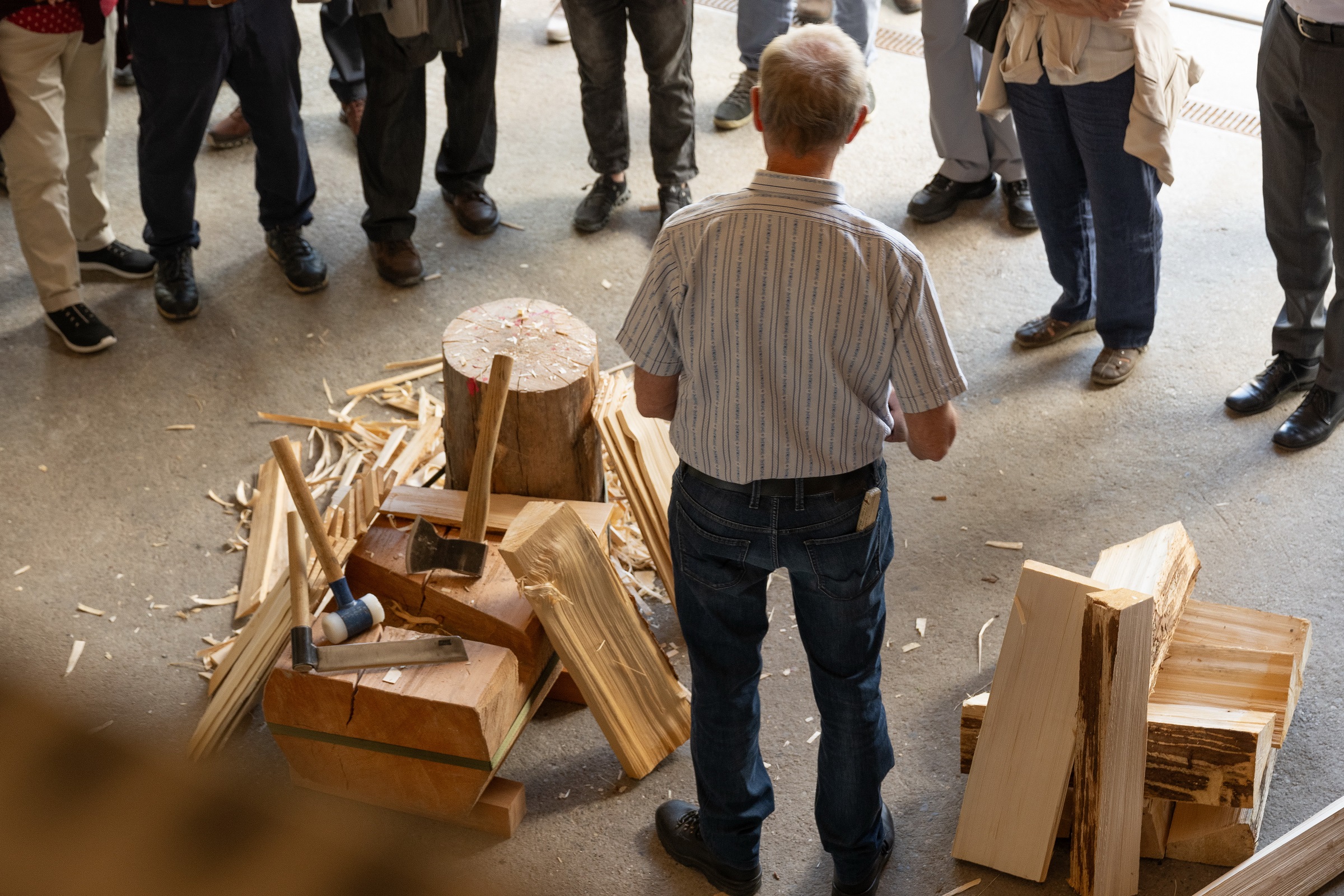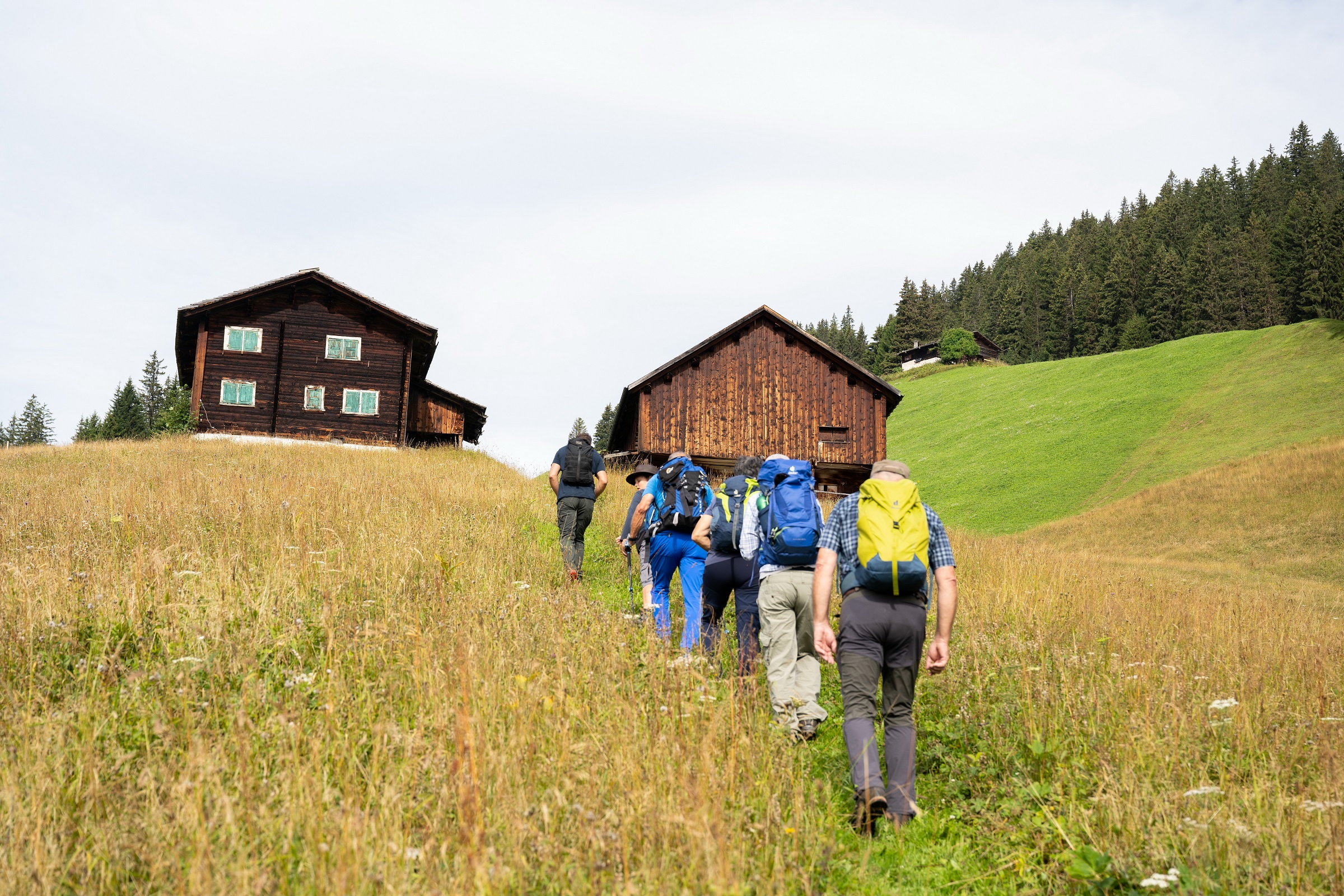In the 13th and 14th centuries, groups of emigrants from Upper Valais arrived in Graubünden. They settled in various alpine valleys, where the local lords assigned them land for clearing, and they practiced livestock farming. The Walser, as they are called, retained their Highest Alemannic dialects in their new environment, which are characterized by their linguistic relationship to Valais to this day. In the 16th and 17th centuries, the Walser contributed to the Germanisation of larger Romansh parts of Graubünden.
During this time, however, the memory of their origin was lost. It was not until the 19th and 20th centuries that researchers "rediscovered" the history of the Walser. A range of publications and the Walser Association of Graubünden (Walservereinigung Graubünden, founded in 1960) have helped to raise the population’s awareness of their common roots and language.
Even though there is no uniform "Walser culture" in terms of architecture or customs, it lives on in various local forms, and a strong sense of connection has developed among those who consider themselves Walser. Today's Walser identity is learned, based on education, historical knowledge and linguistic awareness. The Walser Association of Graubünden promotes the Walser language through publications in the local dialects and supports the study of local history and sustainable tourism activities. Cultural events and Walser meet-ups strengthen their sense of belonging and contact with other Walser regions.


